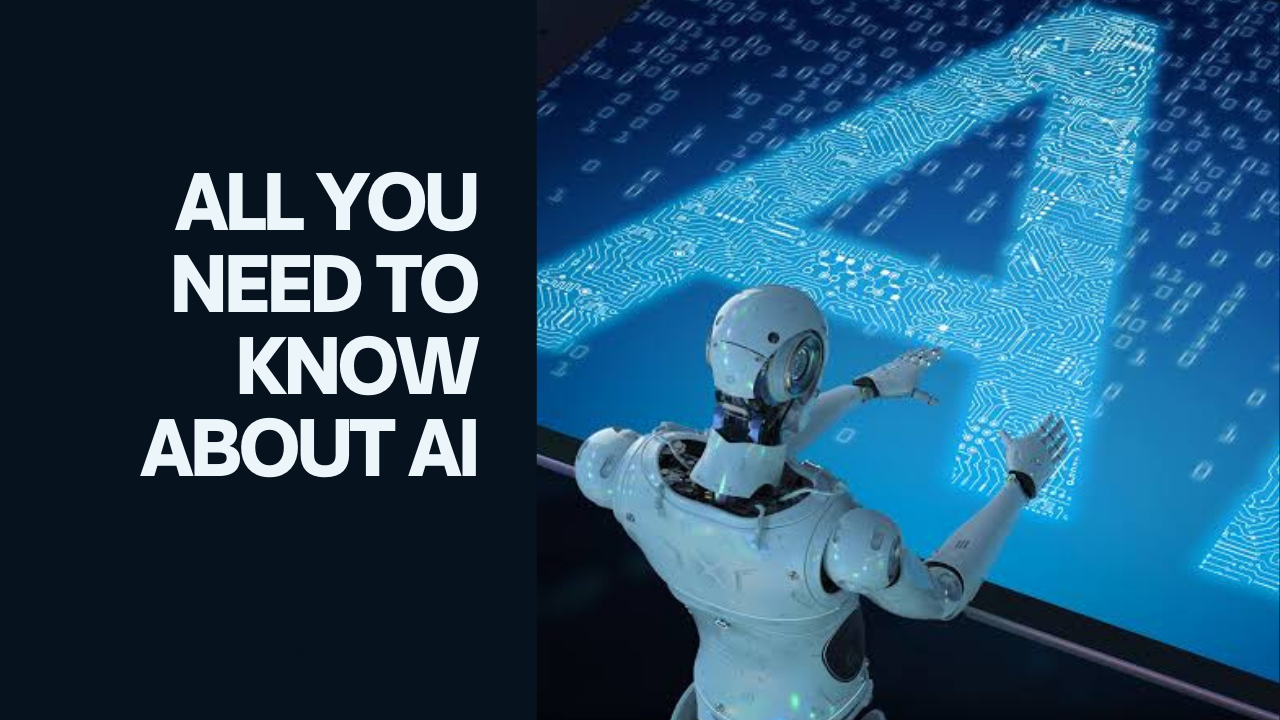Artificial Intelligence (AI) has become an integral part of our modern world, revolutionizing industries, transforming daily life, and promising a future that once only existed in science fiction. From its inception to its current applications and the ethical considerations it raises, this article explores the multifaceted realm of AI.
Introduction to AI
AI refers to the simulation of human intelligence in machines, allowing them to perform tasks that typically require human intelligence. This encompasses a wide range of capabilities, including learning, problem-solving, and decision-making.
History of AI
The concept of AI dates back to ancient civilizations, but it wasn’t until the 20th century that significant advancements were made. From Alan Turing’s seminal work to the development of neural networks and deep learning algorithms, the journey of AI is marked by breakthroughs and setbacks.
Types of AI
Narrow AI
Narrow AI, also known as weak AI, is designed for a specific task, such as speech recognition or image classification. While highly proficient within its domain, narrow AI lacks the versatility of human intelligence.
General AI
General AI, or strong AI, aims to mimic human intelligence across a wide range of tasks. This elusive goal remains the holy grail of AI research, with scientists striving to create machines capable of reasoning, problem-solving, and adapting to various scenarios.
Superintelligent AI
Superintelligent AI surpasses human intelligence and is capable of outperforming the brightest minds in every field. While this concept remains speculative, the prospect of superintelligent AI raises profound existential questions about humanity’s future.
Applications of AI
AI finds applications across diverse sectors, transforming industries and enhancing efficiency.
Healthcare
In healthcare, AI facilitates disease diagnosis, drug discovery, and personalized treatment plans, leading to improved patient outcomes and reduced healthcare costs.
Finance
In the financial sector, AI powers algorithmic trading, fraud detection, and risk assessment, enabling institutions to make data-driven decisions and mitigate financial risks.
Transportation
Autonomous vehicles, powered by AI algorithms, promise to revolutionize transportation by enhancing safety, reducing traffic congestion, and optimizing routes.
Education
AI-powered tutoring systems personalize learning experiences, adapt to students’ individual needs, and provide real-time feedback, thereby enhancing educational outcomes.
Impact of AI on Society
While AI offers immense potential, its widespread adoption raises concerns about its impact on society.
Job Automation
AI-driven automation threatens to disrupt labor markets, leading to job displacement and exacerbating income inequality.
Ethical Concerns
The use of AI raises ethical dilemmas, including concerns about privacy, data security, and the ethical use of autonomous systems in warfare.
Bias in AI Algorithms
AI algorithms are susceptible to bias, reflecting the prejudices inherent in the data they are trained on. Addressing algorithmic bias is essential to ensure fair and equitable outcomes.
Future of AI
The future of AI holds both promise and uncertainty. As technology continues to advance, the ethical, social, and economic implications of AI will require careful consideration and proactive regulation.
Conclusion
In conclusion, AI represents a transformative force with the power to reshape our world. By harnessing its potential while addressing its challenges, we can steer towards a future where AI serves as a tool for human progress rather than a threat to our well-being.
FAQs
- Is AI the same as machine learning?
- While machine learning is a subset of AI, AI encompasses a broader range of technologies and techniques beyond just machine learning.
- Can AI ever achieve human-level intelligence?
- Achieving human-level intelligence in AI remains a long-term goal of researchers, but it’s uncertain if and when it will be realized.
- What are some examples of narrow AI in everyday life?
- Virtual assistants like Siri and Alexa, recommendation systems on streaming platforms, and spam filters in email are examples of narrow AI.
- How can we mitigate the negative impact of AI on employment?
- Investing in education and retraining programs, implementing policies to support displaced workers, and fostering innovation in new industries are potential strategies to mitigate job displacement due to AI.
- What steps can be taken to address bias in AI algorithms?
- Steps to address bias in AI algorithms include diversifying training data, implementing transparency and accountability measures, and involving multidisciplinary teams in algorithm development.










